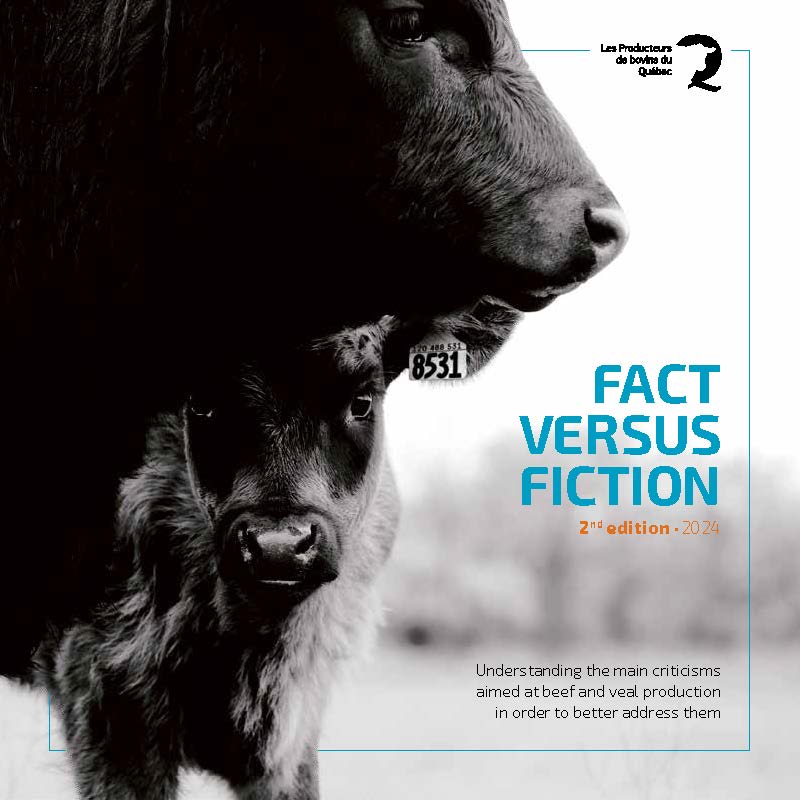Press room

Media Enquiries
David Riendeau
Tél. : 4506790540 poste 8355
Press Releases
Media resources
Click on the photos from to enlarge them.
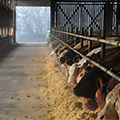 |
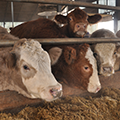 |
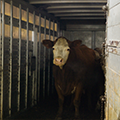 |
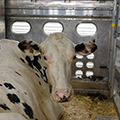 |
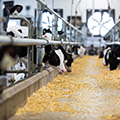 |
| Fed cattle | Fed cattle | Cull Cattle | Cull Cattle | Grain-Fed veal |
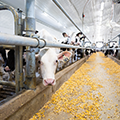 |
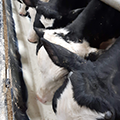 |
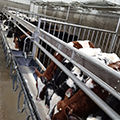 |
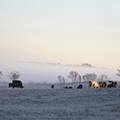 |
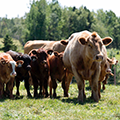 |
| Grain-Fed veal | Milk-Fed veal | Milk-Fed veal | Feeder calf | Feeder calf |
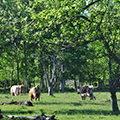 |
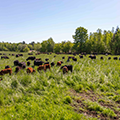 |
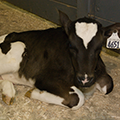 |
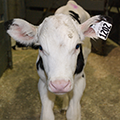 |
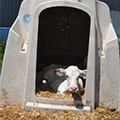 |
| Feeder calf | Feeder calf | Dairy Calf | Dairy Calf | Dairy Calf |
Fact versus fiction
This document can answer all your burning questions about Quebec and Canadian beef production in terms of:
-
Greenhouse gases
-
Water management
-
Soil management and land use
-
Biodiversity
-
Animal welfare
-
Human health
 Youtube
Youtube Facebook
Facebook